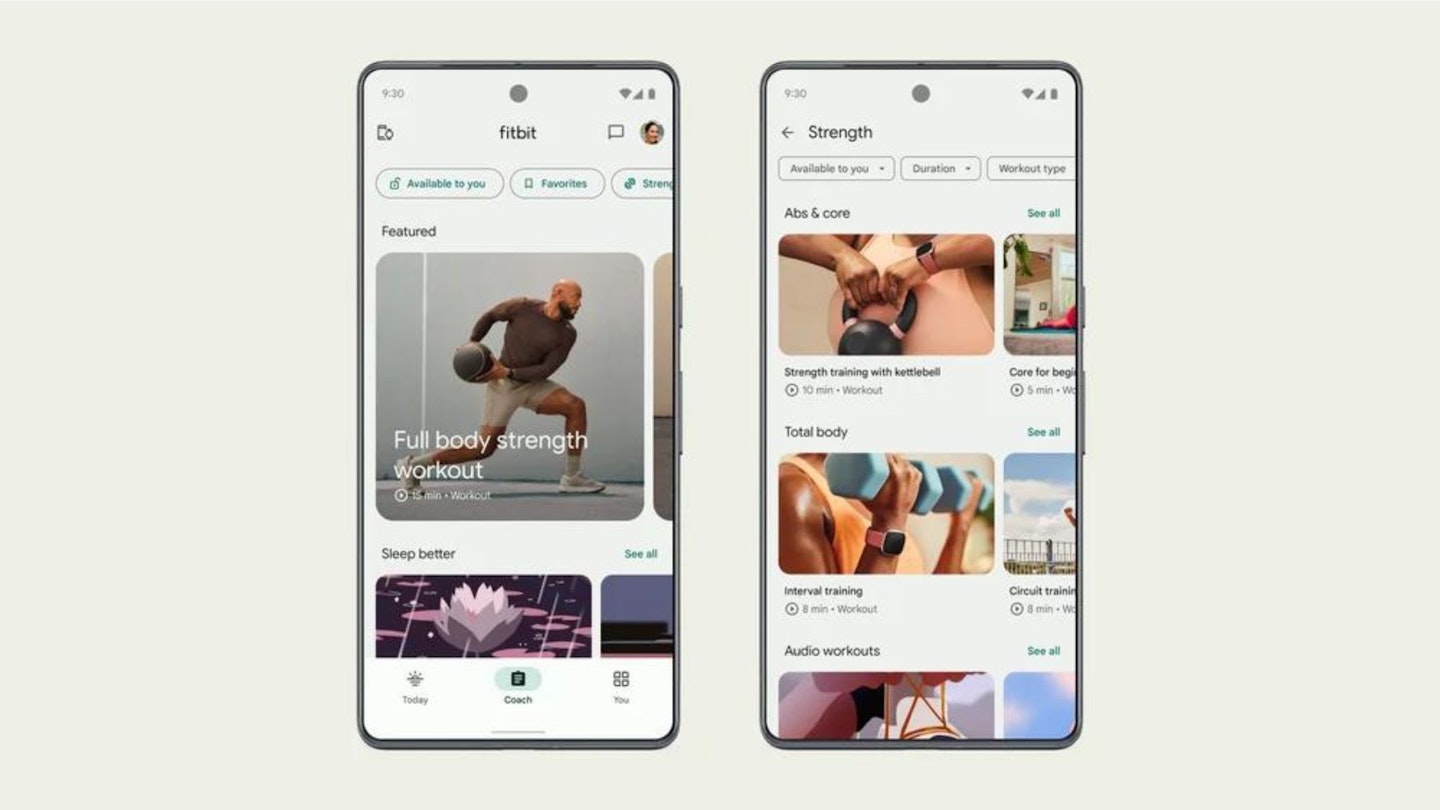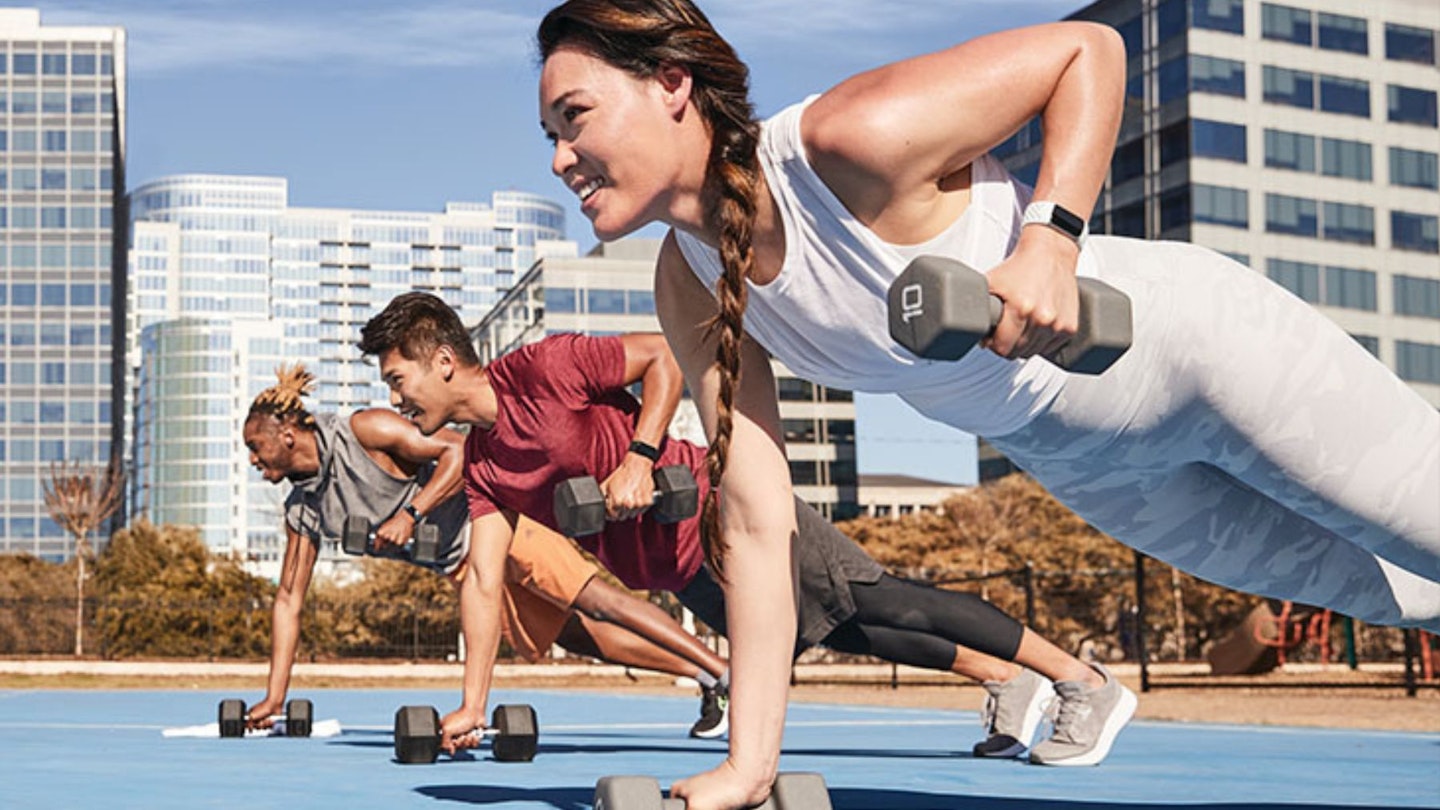As one of the most popular brands in fitness tech, the best Fitbits offer a comprehensive mixture of health and fitness tracking metrics, plus a user-friendly app that makes it easy to understand what your device is telling you. But sometimes, knowing exactly how to get the most out of your Fitbit can be trickier.
There's a lot to think about with various devices offering something slightly different, plus the myriad tools available in the Fitbit app. Here are some tips to set you and your Fitbit up for success.
Set goals
Fitbits are full of health and fitness monitoring features that will likely be enough for most people. Your Fitbit will offer some default targets when you first set it up. However, you also have the option to set your own goals beyond those suggested by Fitbit. Changing your daily step target, the distance you walk, or how many calories you want to burn are ways to tweak your device to suit your specific aims and fitness level.
Make the most of the Fitbit app and all its data
The Fitbit app is a comprehensive tool for collating and presenting your data clearly. While you can see many of your stats on your chosen device, the app will show graphs and trends over time to help you monitor your progress and keep you motivated. You can also customise which stats you see, allowing you to zero in on what matters to you.
The Fitbit app was revamped in late 2023, and now has three tabs for you to choose from. The first is the ‘Today’ tab. This gives you a snapshot of all your top stats for the day. You can personalise which metrics you view, depending on what your priorities are. Selecting any of the figures displayed allows you to get even deeper insights over longer time periods. And it’s by watching the trends in your data, you’ll see whether your fitness routine is working or might need adjusting.
An even more recent app update in April 2024 saw a redesign of how sleep data is presented. Now, users can quickly view key information about their previous night’s sleep, more easily find out the details from their sleep data, and spot sleep patterns over longer periods of time. If getting a good rest is a priority, this will help you identify ways to sleep better.
The ‘Coach’ tab is where the app provides health and fitness content, including workouts and mindfulness sessions. This is a great place to start if you're new to exercise. You can also filter the content so you can find exactly the kind of workout you enjoy. If you have a Fitbit Premium subscription (which we’ll cover later), you’ll get access to even more content.
The ‘You’ tab is where you can set goals, track achievements, and connect with other Fitbit users. You can create a family account, link to friends, and create groups with others to help keep you motivated. We all have days where we don’t feel like exercising – your connections may give you the nudge you need to get you going again.
Explore Fitbit Premium
There’s also the option of using Fitbit Premium. New users get a 6-month free trial of the service, after which it costs either £7.99 per month or £79.99 for a year. This gives you plenty of time to test it out and see if it’s worth it. In return, you’ll get access to recipes, guided meditations, and workouts led by expert trainers.

It also unlocks access to some extra features, including the Daily Readiness Score (which tells you whether your body is ready to exercise or needs more recovery time), extra sleep analysis, and insights into how you deal with stress. We’d recommend exploring it to see whether those features are worth the extra cost to you. For some – especially beginners - the insights and support it provides will be invaluable.
Be consistent
So, to get the most out of your Fitbit, make sure you set your goals according to your needs. Make use of the vast amount of data available in the Fitbit app, to help you monitor your progress and identify ways to get fitter and healthier. And with the six-month trial of Fitbit Premium, use it as much as you can to see if adds value to your experience.
But above all, a Fitbit (or any other fitness tracker) will only be useful if you use it consistently. If you don’t, the sporadic data won’t allow you to identify trends or give you an accurate reflection of your health and fitness. So make sure you wear it.
Steven Shaw is a Senior Digital Writer covering tech and fitness. Steven writes how-to guides, explainers, reviews and best-of listicles covering a wide range of topics. He has several years of experience writing about fitness tech, mobile phones, and gaming.
When Steven isn’t writing, he’s probably testing a new smartwatch or fitness tracker, putting it through its paces with a variety of strength training, HIIT, or yoga. He also loves putting on a podcast and going for a long walk.
Subscribe to the What’s The Best Newsletter to keep up to date with more of the latest reviews and recommendations from the What’s The Best team.
